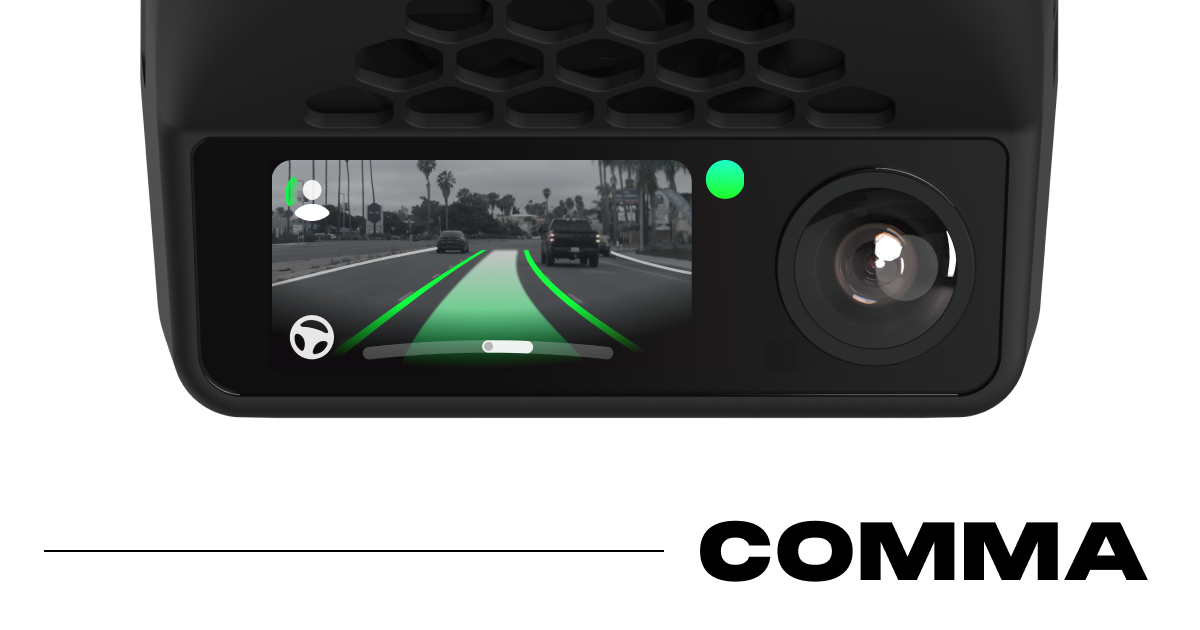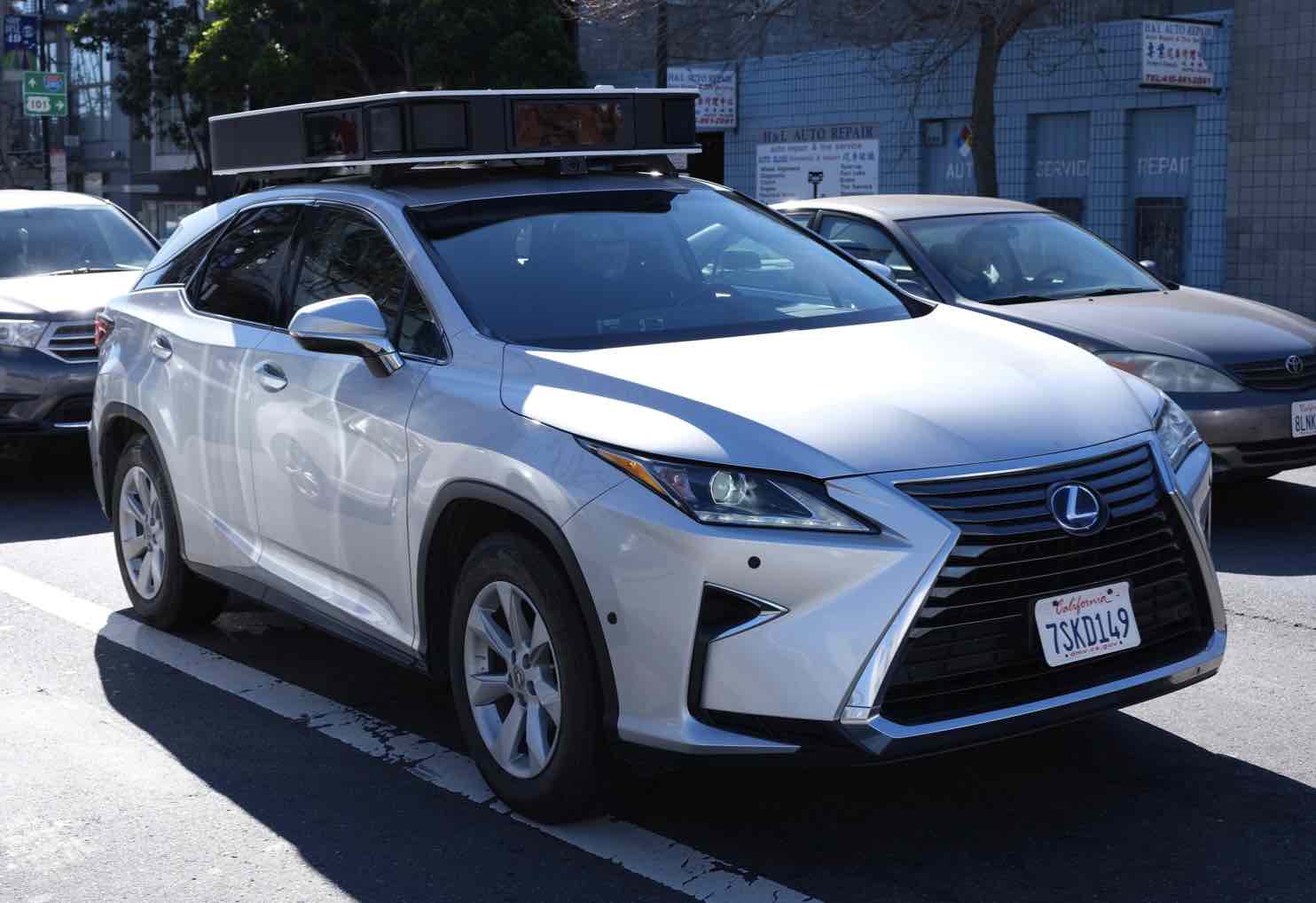Ymmärsin tuon jutun niin, että auton ohjaaminen on luovutettu kokonaan tekoälylle, joka kyllä osaa reagoida esteisiin, mutta tässä tapauksessa sen arvio pyöräilijän (jollaiseksi se tuon taluttajan lopulta tunnisti) liikeradasta meni pieleen. Tekoälyn lisäksi tuossa lienee jotkut yksinkertaisemmat algoritmiset hätäjarrusysteemit. Jälkimmäinen systeemi havaitsi esteen, mutta ei tehnyt mitään, koska se ei ollut käytössä, jotta auto ei tekisi yllättäviä äkkinäisiä liikkeitä.
Eli ongelma tosiaan on se, että tuo tekoäly ei ole vielä riittävän kehittynyt, jotta auton ohjaamisen voisi kokonaan luovuttaa sille. Ja toisaalta se ei voi oppia, jos sitä ei päästä ajamaan vapaasti muun liikenteen seassa.
Ohjaaminen on luovutettu tekoälylle, mutta hätäväistöt ja jarrutukset ei, vaan niistä vastaa ihminen. Eli juuri päinvastoin kuin normaalisti.
Volvon normaali City Safety turvajärjetelmä (eli se "yksinkertaisempi algoritminen hätäjarrusysteemi") oli NTSB:n mukaan kokonaan pois päältä, eikä sen puhuta havainneen mitään.
"The vehicle was factory equipped with several advanced driver assistance functions by Volvo Cars, the original manufacturer. The systems included a collision avoidance function with automatic emergency braking, known as City Safety, as well as functions for detecting driver alertness and road sign information.
All these Volvo functions are disabled when the test vehicle is operated in computer control but are operational when the vehicle is operated in manual control
...
According to data obtained from the
self-driving system, the system first registered radar and LIDAR observations of the pedestrian about 6 seconds before impact, when the vehicle was traveling at 43 mph. As the vehicle and pedestrian paths converged, the self-driving system software classified the pedestrian as an unknown object, as a vehicle, and then as a bicycle with varying expectations of future travel path. At 1.3 seconds before impact,
the self-driving system determined that an emergency braking maneuver was needed to mitigate a collision (see figure 2). 2 According to Uber,
emergency braking maneuvers are not enabled while the vehicle is under computer control, to reduce the potential for erratic vehicle behavior. The vehicle operator is relied on to intervene and take action. The system is not designed to alert the operator.
...
The data also showed that
all aspects of the self-driving system were operating normally at the time of the crash, and that there were no faults or diagnostic messages."
Eli nämä Überin "itse ajavat autot" osaavat siis ohjata itse itseään kun kaikki menee nätisti, mutta jos todetaan, että edessä on pyöräilijä ja tarvitsisi tehdä hätäjarrutus, niin jatketaan täydellä vauhdilla eteenpäin, koska jarrutus voisi olla epämielyttävää matkustajille.
Toki jalankulkija tässä tötöili vielä pahemmin, ja käveli aineissa suoraan auton alle:
"Toxicology test results for the pedestrian were positive for methamphetamine and marijuana"
...mutta ei se sitä poista, että on aika outoa, että liikenteessä ajatetaan autoa joka on koodattu niin, että se ei missään tilanteessa tee hätäjarrutusta tai -väistöä vaikka havaitsisi (ihan oikein) että on ajamassa ihmisen päälle. Ja systeemihän toimi juuri niin kuin oli suunniteltu.



 Erityisesti humalatilassa näkisin pelkkiä hyötyjä. Nykyiset taksit kun ovat niin kovin kankeita ja ylihintaisia.
Erityisesti humalatilassa näkisin pelkkiä hyötyjä. Nykyiset taksit kun ovat niin kovin kankeita ja ylihintaisia.
 Helposti olen osannut painaa aplikaatiosta osoitettani. Uberissa voi lisätä omia paikkoja ja kotinappulakin löytyy. Oikeissa maissa pystyy suoraan puhelimen Assistentilta tilaamaan Uberin:
Helposti olen osannut painaa aplikaatiosta osoitettani. Uberissa voi lisätä omia paikkoja ja kotinappulakin löytyy. Oikeissa maissa pystyy suoraan puhelimen Assistentilta tilaamaan Uberin: 




